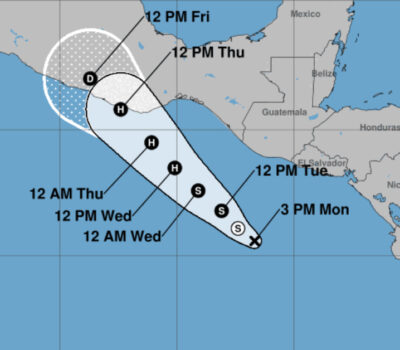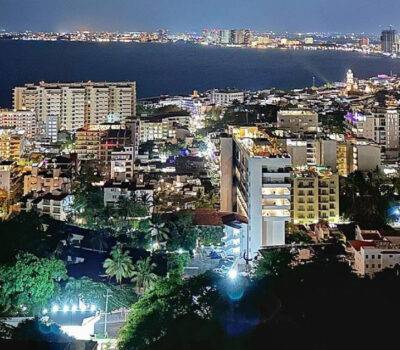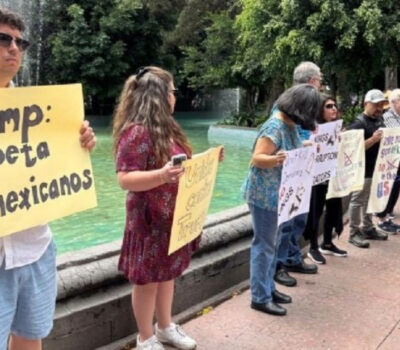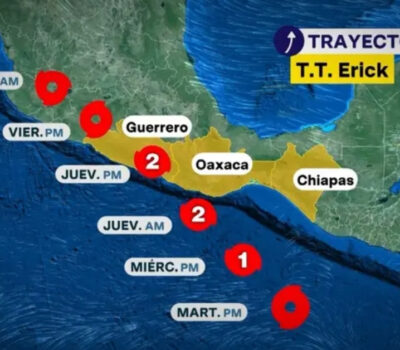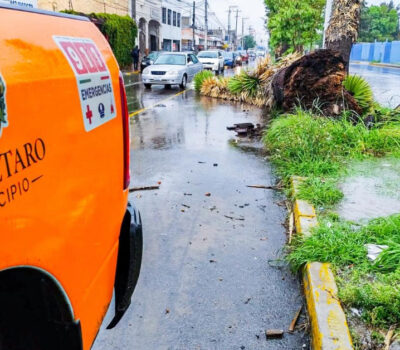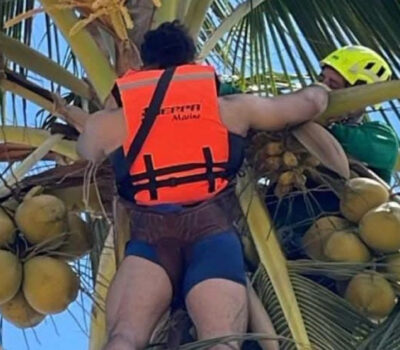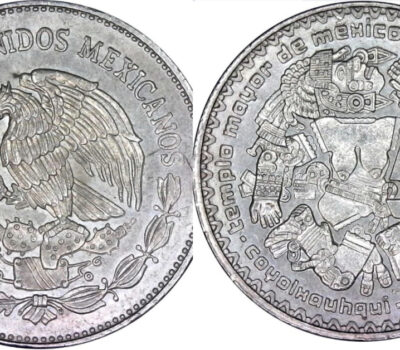PUERTO VALLARTA (PVDN) – The coastal city of Acapulco, once a bustling hub of tourism in Mexico, is now grappling with the catastrophic aftermath of Hurricane Otis, which viciously struck the Guerrero state 10 days ago. This natural disaster not only razed infrastructure but also heightened the risk of criminal enterprises infiltrating reconstruction initiatives, a situation that poses significant concern for both local and federal authorities.
In the wake of the hurricane, which saw Acapulco’s landmarks and livelihoods demolished, analysts are raising alarms over the potential infiltration of organized crime in the city’s rebuilding process. Falko Ernst, a seasoned analyst with the International Crisis Group, has pointed out that various criminal factions with a history of laundering illicit funds through property and construction sectors could now exploit the economic influx intended for Acapulco’s recovery.
The disaster’s imagery paints a bleak picture: hotels turned to rubble, businesses shattered, and residential areas destroyed. Falko Ernst, speaking with InSigth Crime, estimated the required investment for Acapulco’s resurgence to be in the billions of dollars. This substantial amount, he noted, could likely entice unlawful entities looking to cleanse their capital through the guise of reconstruction efforts.
Significant concern revolves around the potential for Acapulco’s jobless to fall into the ranks of criminal groups. The Jalisco New Generation Cartel (CJNG), La Familia Michoacana, the Sinaloa Cartel, and the Independent Cartel of Acapulco are identified as the primary syndicates within the port city vying for a share of the reconstruction bounty and a labor force in dire need of employment.
Ernst drew parallels to past incidents in Mexico, where the CJNG and La Unión Tepito cartel were seen delivering aid with their insignia in the midst of natural calamities. Similar tactics were observed during the Covid-19 pandemic, where cartels were purportedly distributing essentials to those impacted, signaling a strategic approach to embed themselves within communities as benefactors.
Mexico’s tourist hotspots have not escaped the clutches of organized crime, with regions extending from Baja California to Cancún experiencing the laundering of narcotics proceeds through the tourism sector. Earlier this year, U.S. authorities targeted 27 Mexican entities suspected of association with the CJNG and a fraudulent network in Puerto Vallarta, including a timeshare scam that led to significant financial losses for investors.
An additional laundering method involves shell and shadow companies placing substantial orders for construction materials, a tactic that could potentially resurface in Acapulco’s reconstruction. The Kenzo Sushi Lounge, once operated by Jessica Oseguera González—daughter of the notorious El Mencho—served as a front, laundering over a million dollars from 2015 to 2018.
As Acapulco stands on the precipice of a dire humanitarian and economic crisis in the aftermath of Hurricane Otis, there looms an ever-present danger of organized crime syndicates not only laundering their funds through reconstruction efforts but also exploiting the surge in unemployment and poverty to bolster their ranks and influence.
The federal government, alongside international observers, continues to monitor the situation closely, emphasizing the need for transparency and stringent controls in the allocation and utilization of funds dedicated to Acapulco’s revival. The path to recovery is fraught with challenges, and the specter of criminal involvement adds a layer of complexity to an already daunting task.
PUERTO VALLARTA (PVDN) - The coastal city of Acapulco, once a bustling hub of tourism in Mexico, is now grappling with the catastrophic aftermath of . . .




